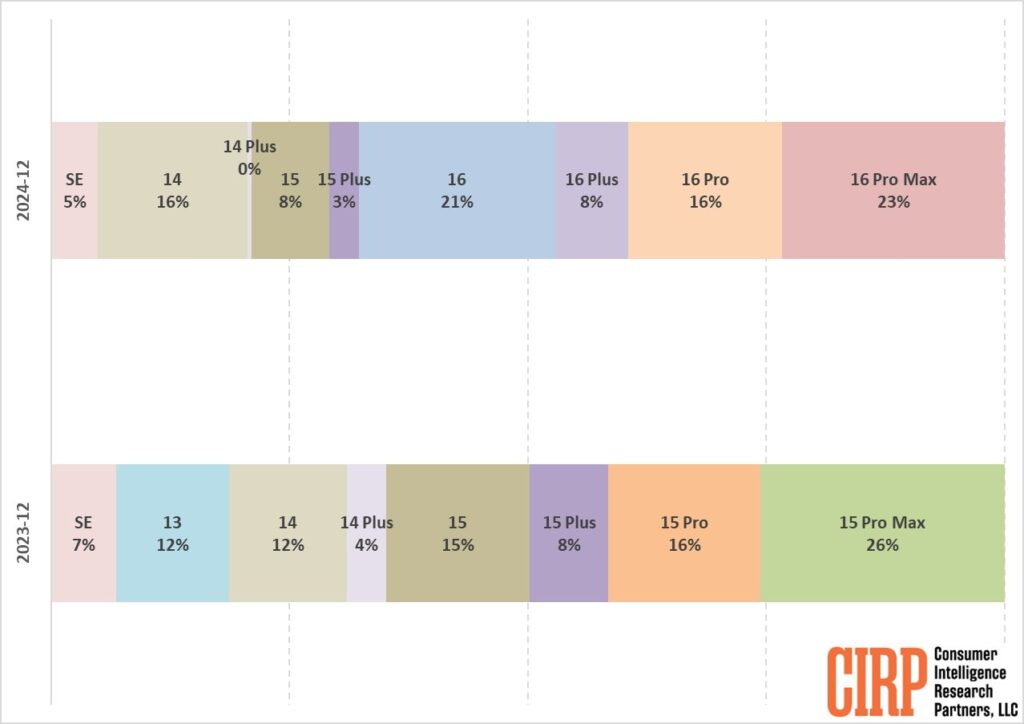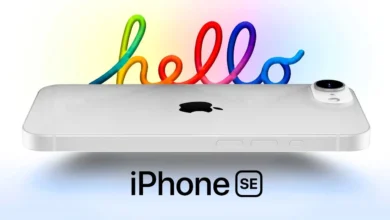iPhone 16 Buyer Trends: Affordable Models Outshine Pro Versions in 2024

Apple’s iPhone 16 lineup is turning heads—not just for its features but for how buyers are responding. This time, practicality and affordability seem to be driving purchase decisions more than flashy upgrades. Over the past month or so, a noticeable trend has emerged: more buyers are gravitating toward the base models and older iPhones, leaving the Pro models less sought after than in previous years.
Looking at data from the 2024 holiday shopping season, we can see this shift in numbers. While the Pro models still perform well, the base and older iPhone models have become surprisingly popular. According to research by Consumer Intelligence Research Partners (CIRP), the iPhone 16 series accounted for 68% of U.S. sales during the December 2024 quarter. This marks a slight increase from the 65% share held by the iPhone 15 lineup during the same period in 2023. But digging deeper into the data reveals some interesting changes in which models people are picking.
Base Models are Winning, Pro Models Losing Ground
Apple has recently made some strategic changes that seem to be paying off. Their decision to reuse the Pro models’ processors in the standard models is fairly new, starting with the iPhone 14 lineup in 2022. Back then, the iPhone 14 and 14 Plus used the A15 Bionic chip, while only the Pro models got the newer A16 Bionic chip. Apple stuck with this strategy in 2023 for the iPhone 15 series, giving the base models the A16 chip while reserving the A17 chip for the Pro models.
This year, however, Apple took a different route. All iPhone 16 models, whether Pro or not, come equipped with the A18 chip. This change levels the playing field in terms of performance and makes the base models much more appealing to buyers who previously might have gone for the Pro versions.

Adding another layer to the story, older iPhones are showing impressive staying power. For example, the two-year-old iPhone 14 captured 16% of sales during the December 2024 quarter, outperforming the iPhone 13’s 12% share from the previous year. This shift highlights the enduring value of older iPhones for those who prioritize affordability and reliability over having the latest features.
Meanwhile, the high-end iPhone 16 Pro Max and 16 Pro accounted for 23% and 16% of sales, respectively. Combined, the Pro models made up 39% of total sales, which is their lowest share for the December quarter in the past five years. By comparison, in 2024, the iPhone 15 Pro Max alone captured 26% of sales, showing that some customers may be holding back from upgrading to premium models this time around.
Why the Same Chip Across All iPhone 16 Models Matters
One of the biggest reasons behind the shift in buyer behavior is Apple’s decision to equip all iPhone 16 models with the same A18 chip. This move isn’t just about simplifying the lineup; it’s also a way to bring advanced features, powered by Apple Intelligence, to every user. Features like Writing Tools, photo editing, notification summaries, and email sorting are now accessible regardless of which iPhone 16 model you choose.
For app developers, this uniformity is a win as well. They no longer need to worry about optimizing apps for varying performance levels between base and Pro models. In short, Apple is making it easier for everyone to enjoy cutting-edge features, without forcing them to pay a premium.
What’s Driving the Shift in iPhone 16 Sales?
While CIRP expressed some surprise at the growing popularity of base models, this trend isn’t entirely new. Historically, iPhone sales tend to favor Pro models in the early months following their September release. Tech enthusiasts and early adopters often rush to get their hands on the latest and greatest features. But as time goes on, the focus usually shifts to the more affordable base models, which dominate sales for the remainder of the year.
This time, the sales pattern seems to have shifted even earlier. By putting the same A18 chip in all iPhone 16 models, Apple has minimized the performance gap that previously made Pro models stand out. While the Pro models still have their unique perks—like a titanium frame, ProMotion displays, three cameras, and superior battery life—the base iPhone 16 has closed the gap enough to make those extras less critical for most buyers.
The Role of Economic Factors
Affordability is another key factor in the shift. At $799, the iPhone 16 offers incredible value for its performance. It’s a perfect choice for people who want the latest technology without overspending. For many, the standard iPhone 16 delivers everything they need, making it hard to justify paying more for the Pro models’ premium features.
CIRP’s surprise might stem from their focus on the historical dominance of Pro models. However, this trend of value-conscious buyers leaning toward base and older models has been building for years. Apple’s strategy to make powerful technology more accessible to all its users is clearly paying off, reshaping buyer habits in the process.




